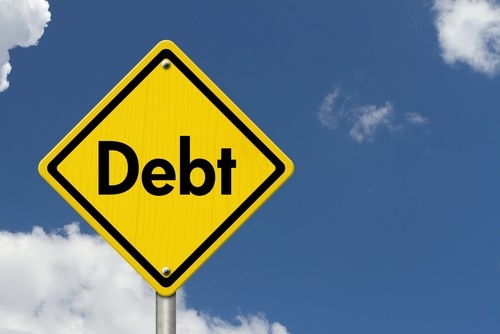
By David Hargreaves
The growth rates in mortgage borrowing appear to have stabilised after declining sharply in the past year.
The latest Reserve Bank figures monitoring sector credit show last month the annual rate of growth in mortgage borrowing was at 5.8%, which was the same as in January, while in December the rate was 5.9%.
February was therefore the first month in over a year in which the annualised rate of growth in mortgage borrowing had not slowed.
For the record, the amount outstanding on mortgages as of February was $245.845 billion, compared with $244.890 billion in January. That includes both banks and non-banking lenders.
In December 2016 the annualised growth rate hit 9.3% and has slowed rapidly since then.
The latest figures therefore provide further evidence that the housing market has stabilised - albeit at lower levels of activity than seen in recent years.
One area of credit that has been showing surprisingly strong recent growth has been consumer borrowing.
That hit an annualised growth rate of 8.5% in January, which was the highest rate of growth seen since 2005, but last month it slowed quite sharply to 8%.
Returning to the mortgage borrowing, the annual growth rate of 5.8% for February takes us back to the kinds of levels that were seen 2013 and it is still a long way above the low levels of activity seen in the post GFC period when annual growth in mortgage borrowing virtually flatlined - managing not much more than 1% in the 2011-12 period.
The Reserve Bank doesn't publicly specifically target a desirable level of mortgage borrowing growth, but will undoubtedly be viewing the levelling off in mortgage growth rates with interest.
This will be particularly so, given that the central bank loosened the loan-to-value ratio (LVR) restrictions as at the start of this year - which may well have contributed to the stabilising in mortgage borrowing growth rates.
The RBNZ has indicated it will look at further loosening of the LVR restrictions - but may be discouraged from doing so if it sees evidence of a resurgence in activity.
Elsewhere, the agriculture sector borrowing remained at fairly static levels, while business borrowing picked up a little after some subdued months, which might be a sign that confidence levels are starting to recover after taking a knock following the change in Government.
4 Comments
I am unsure as to what to read from this article , the so called "slowdown "seems insignificant given that overall credit extension seems to be unchanged
Credit extension has changed alot, but there is always a lag of several months before it starts to show up in the stats. I recently survived a bank loan approval for a measley 10k top-up to finish my bathroom renovations and I was so annoyed by all the questions that I was asked this time, that I ended up turning down the approval and told my bank that I would rather just save the money over the next few months and just pay cash from my savings outright. This is coming from a person who owns freehold and has no debt! And my bank still holds the security so it should not have even been an issue, but apparently because I haven't had a mortgage for so long (just 2-3 years), they went back over 10 years to ask questions relating to caveats that had been released a long time ago!
Credit growth shouldn't exceed GDP growth, so the numbers are still too high.
Steve Keen has quite a bit to say about the deceleration of private credit growth. The show goes off the road when the private sector stops maxing out the credit card (given government parsimony and entrenched external deficit).
https://www.macrobusiness.com.au/2017/06/steve-keen-on-the-secret-sourc…

We welcome your comments below. If you are not already registered, please register to comment
Remember we welcome robust, respectful and insightful debate. We don't welcome abusive or defamatory comments and will de-register those repeatedly making such comments. Our current comment policy is here.